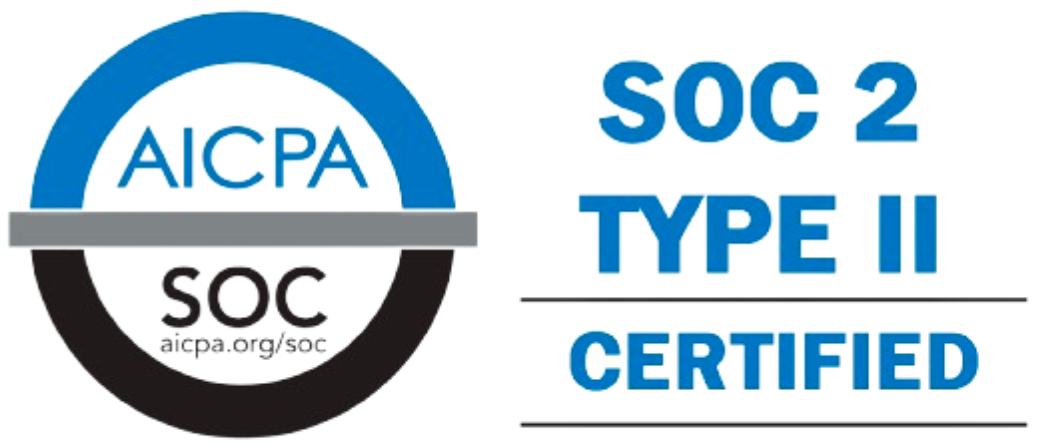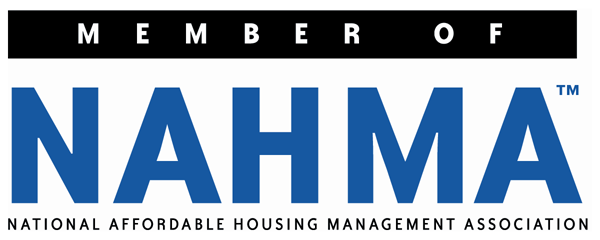
Portfolio Accounting vs. Property-Level Accounting: What’s the Difference?
- April 15, 2025
- OHI

In real estate and investment management, accounting plays a crucial role in ensuring financial transparency, performance tracking, and strategic decision-making. Two commonly used accounting approaches are Portfolio Accounting and Property-Level Accounting. While both are essential, they serve different purposes and audiences.
Understanding the difference between these two is key for property managers, investors, and accounting professionals who aim to optimize operations and maximize returns. Let’s dive into how these two accounting practices differ, where they intersect, and when to use each.

Property-Level Accounting focuses on the financial records and performance of an individual property or asset. It includes tracking income, expenses, and financial obligations specific to a single building or property.
Property-level accounting helps stakeholders understand how each property is performing financially. This is essential for making decisions about renovations, lease pricing, staffing, and vendor negotiations. It also ensures compliance with regulatory requirements like tenant billing and tax payments.

Portfolio Accounting, on the other hand, aggregates the financial performance of multiple properties under a single owner, investor, or management group. It provides a holistic view of the financial health and performance across an entire portfolio of properties.
Portfolio accounting helps higher-level stakeholders assess the total returns, allocate resources, evaluate risk exposure, and make investment decisions. It allows for better capital planning, benchmarking, and strategic alignment across all assets.
| Feature | Property-Level Accounting | Portfolio Accounting |
|---|
| Scope | Individual property | Multiple properties or entire portfolio |
| Focus | Operational metrics | Investment performance |
| Users | Property managers, site-level staff | Executives, investors, fund managers |
| Reports | Property-specific income & expense | Consolidated portfolio-wide statements |
| Goals | Optimize property operations | Maximize investor returns |
| Complexity | Lower | Higher (includes ownership structure, capital stack, etc.) |

Despite their differences, both accounting types rely on accurate and timely data to ensure financial clarity. Here’s how they overlap:
In many organizations, data from property-level accounting forms the foundation for portfolio accounting. Without accurate books at the property level, portfolio reporting can be flawed or misleading.

Imagine a real estate company that owns 10 multifamily properties across different cities.
Both views are important: one for day-to-day operations, the other for big-picture strategy.
These platforms focus on rent rolls, lease tracking, expense categorization, and tenant communications.
These systems support fund-level reporting, capital calls, investor distributions, and consolidated financial analysis.
The right accounting structure depends on your role and the size of your operations.
Many firms use both—property managers handle site-level books, while corporate teams handle portfolio reporting.
Challenge: Property-level data not syncing with portfolio-level reports.
Solution: Use integrated accounting systems or data connectors to ensure seamless data flow.
Challenge: Portfolio-level reporting becomes complicated with multiple owners, entities, or JV structures.
Solution: Use software that supports equity waterfall modeling and investor allocations.
3. Manual Consolidation
Challenge: Generating consolidated reports manually is time-consuming.
Solution: Automate with portfolio accounting tools that integrate with property-level systems.

Both property-level accounting and portfolio accounting are essential to a successful real estate operation. The former ensures that individual properties run efficiently, while the latter ensures that the overall investment strategy is sound.
By understanding the differences and how they work together, real estate firms can make smarter decisions, reduce risks, and maximize returns. Whether you’re a property manager focused on daily tasks or a CFO overseeing billions in assets, aligning both accounting systems is key to achieving financial success.
Contact us for a customized NO OBLIGATION proposal for outsourcing your accounting activities.







